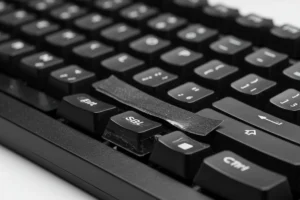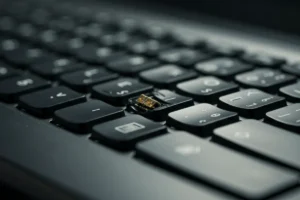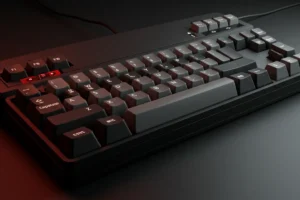Hey there, fellow keyboard enthusiasts! 😄 If you’re anything like me, you probably have a soft spot for the nostalgic charm of typewriters.
There’s something incredibly satisfying about the clickety-clack of those vintage machines. But in today’s digital age, typewriters have become relics of the past.
So, how can we bring that classic feel to our modern keyboards? Let’s dive in and explore how to transform your keyboard into a typewriter-like experience!
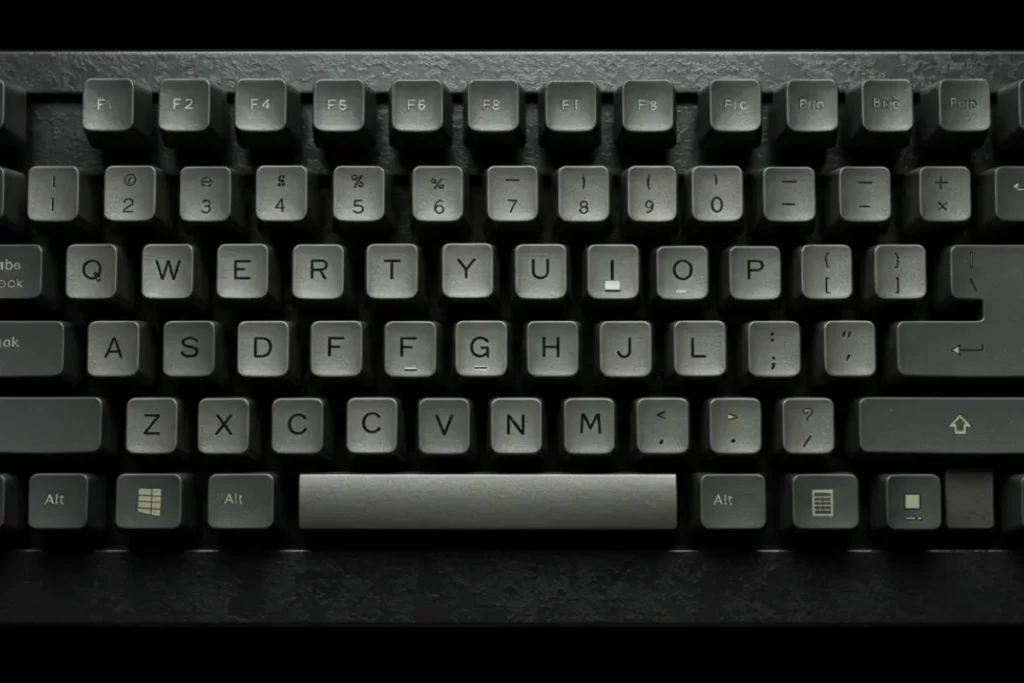
🖋️ Embracing the Typewriter Aesthetic
The Allure of Typewriters
Typewriters evoke a sense of nostalgia and authenticity. Their tactile feedback and distinctive sound can make typing feel more deliberate and engaging.
For writers, this can be a source of inspiration, helping to overcome writer’s block and enhance creativity.
Modern Keyboards with a Vintage Twist
Thankfully, the market has responded to this longing for the past. Several modern keyboards are designed to mimic the look and feel of typewriters.
These keyboards often feature round keycaps, mechanical switches, and even return levers to replicate the classic typing experience.
Customizing Your Existing Keyboard
If purchasing a new keyboard isn’t an option, don’t worry! There are ways to modify your current setup to achieve that typewriter vibe.
From keycap replacements to sound mods, you can personalize your keyboard to suit your preferences.
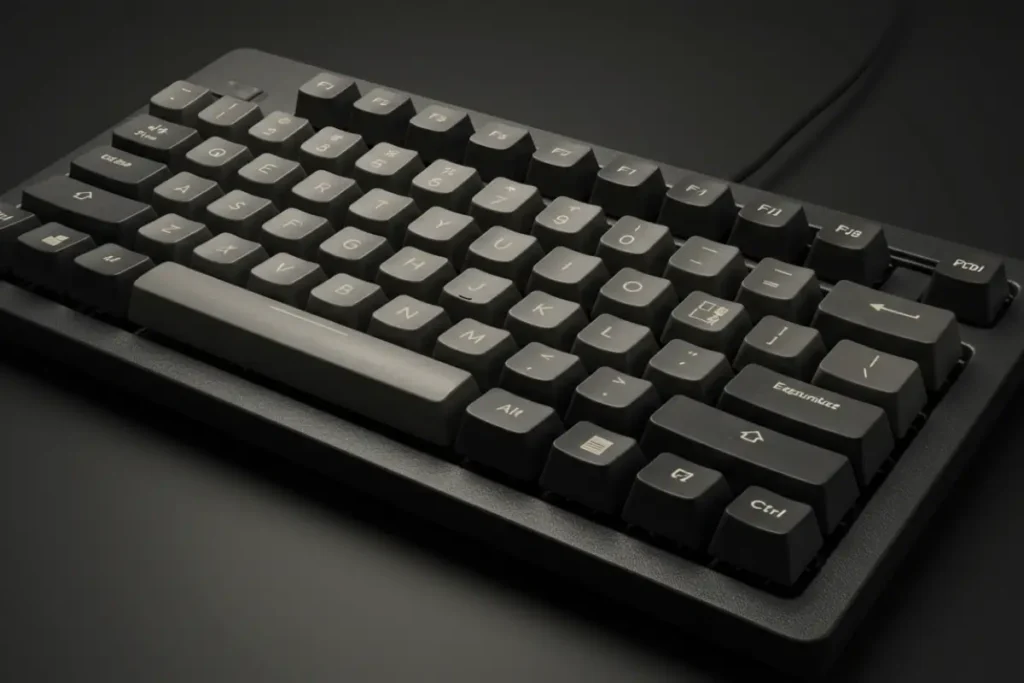
🔧 Steps to Transform Your Keyboard
1. Switch to Mechanical Keyboards
Mechanical keyboards are the closest modern equivalent to typewriters. They offer tactile feedback and audible clicks, making typing more satisfying. Brands like Keychron and Das Keyboard offer models that cater to this experience.
2. Choose the Right Switches
The type of switch in your mechanical keyboard greatly influences the typing feel. For a typewriter-like experience, consider:
- Clicky switches (e.g., Cherry MX Blue): Provide tactile feedback and audible clicks.
- Tactile switches (e.g., Cherry MX Brown): Offer a bump without the loud click.
Learn more about mechanical switches here.
3. Install Typewriter-Style Keycaps
Keycaps play a significant role in the aesthetics and feel of your keyboard. Round, sculpted keycaps can emulate the look of typewriter keys. Websites like MechanicalKeyboards.com offer a variety of keycap sets to choose from.
4. Add Sound Mods
To enhance the auditory experience, consider installing sound mods like dampening rings or foam inserts. These can amplify the clicky sound or reduce unwanted noise, depending on your preference.
5. Use Typewriter Sound Software
For an added touch, install software that plays typewriter sounds with each keystroke. Programs like Hanx Writer or Qwertick can provide that authentic auditory feedback.
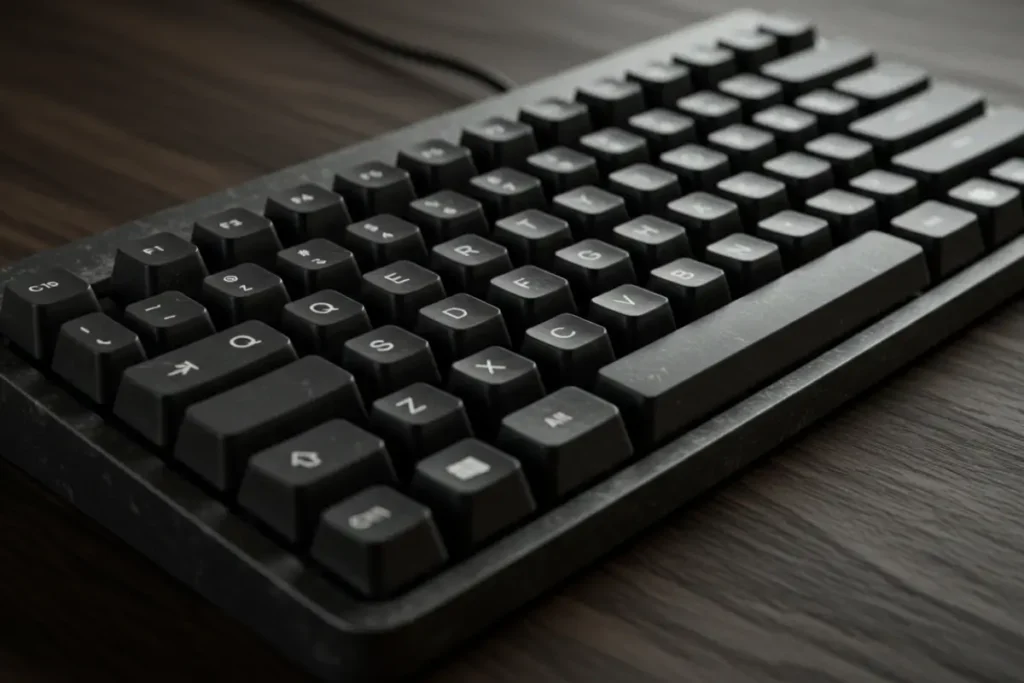
🎨 Personalizing Your Setup
Aesthetic Enhancements
Beyond functionality, consider the visual aspects of your setup:
- Desk mats with vintage designs.
- Wooden wrist rests to complement the retro theme.
- Ambient lighting to set the mood.
Ergonomics Matter
While chasing the typewriter feel, don’t neglect ergonomics. Ensure your keyboard is positioned correctly to prevent strain. Consider ergonomic accessories like adjustable stands or split keyboards if necessary.
📚 Further Reading
For more insights into keyboards and typing experiences, check out these articles:
- The Psychology of Typing: Why We Prefer Certain Keyboards
- The Evolution of Clicky Switches: From Typewriters to Today
- The Best Keyboards with Adjustable Actuation Points
See More
- How to Make Your Keyboard Quieter Without Replacing It
- The Most Annoying Keyboard Issues and How to Fix Them
- The Best Keyboards for Retro PC Builds
📝 Final Thoughts
Transforming your keyboard to emulate a typewriter is a delightful project that combines aesthetics, functionality, and nostalgia.
Whether you’re a writer seeking inspiration or a tech enthusiast chasing the perfect keystroke, this endeavor can bring joy to your typing experience.
If you enjoyed this article, don’t forget to share it with fellow keyboard aficionados! 💬 Also, I’d love to hear about your own setups and experiences.
Drop a comment below and let’s chat about our shared passion for keyboards.
For more articles and tips, visit Keyboards Technology.
